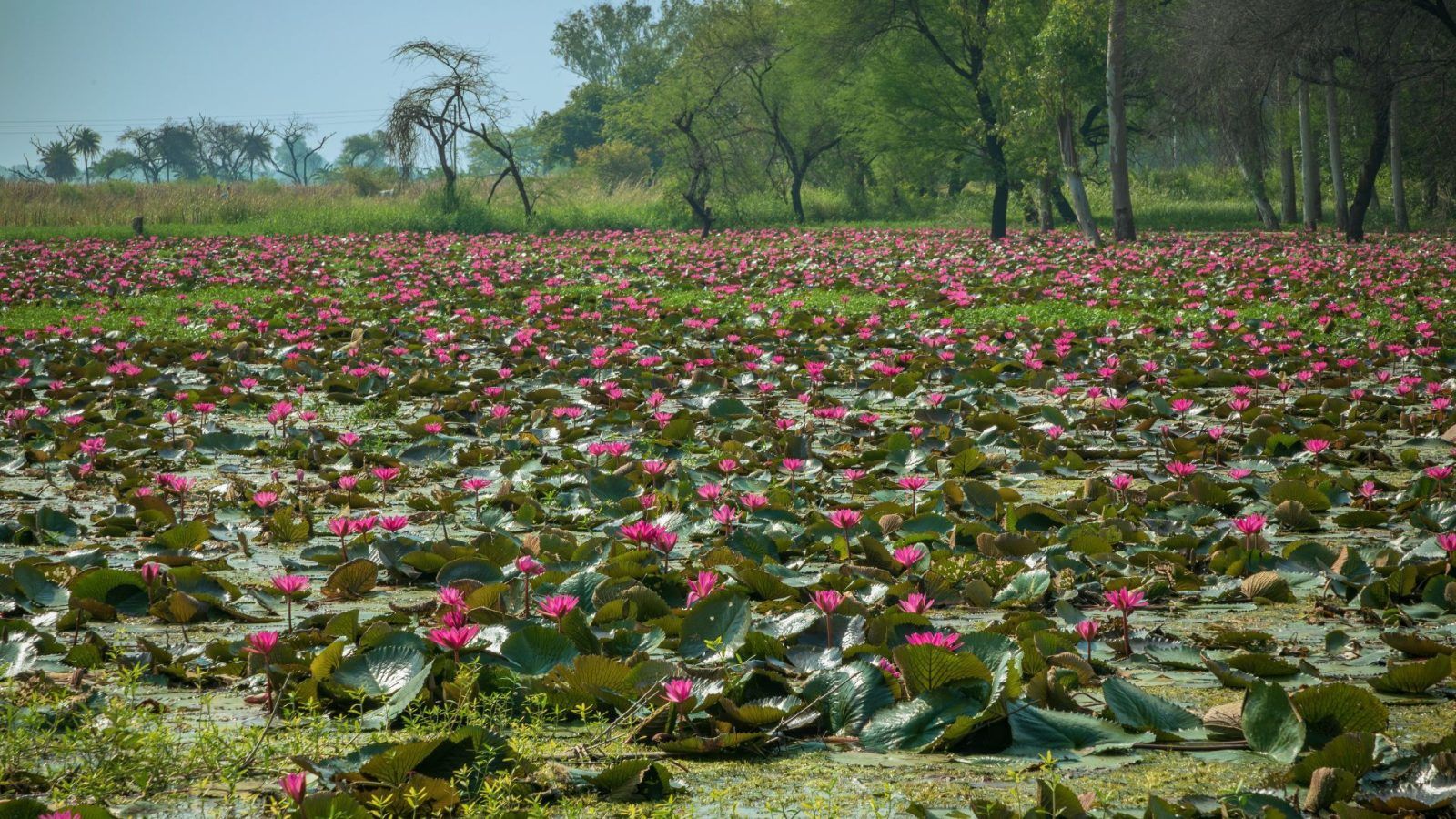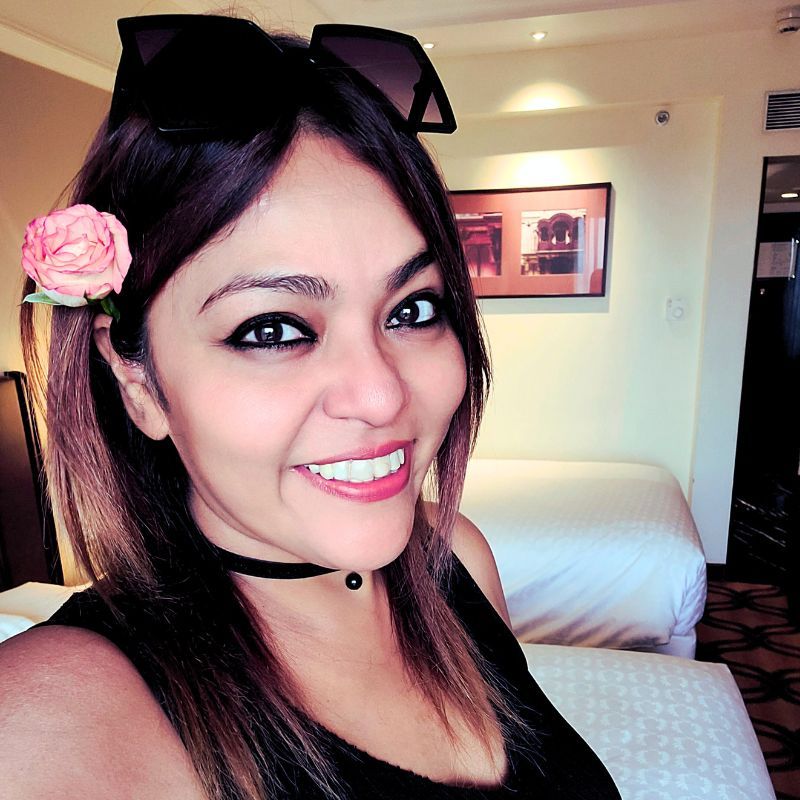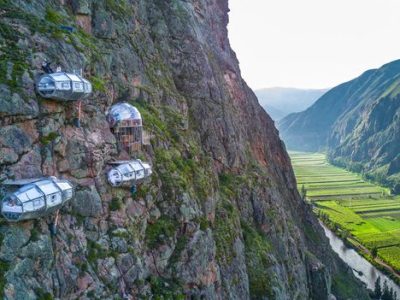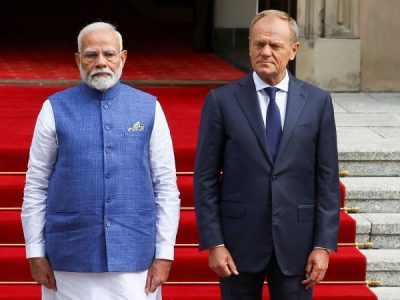
There’s a simple reason that advertising agency Ogilvy India has been creating the most spellbinding television commercials (now viral videos) for the state of Madhya Pradesh as a tourism destination for the last 17 years — there’s just so much about the state that is worth showcasing! Using indigenous arts, crafts, dance forms, and musical styles, they bring alive all that is vibrant and enticing for the visitor. Even so, with the brightest creative minds and so much beauty and substance captured and portrayed, travellers are still unaware of just how alluring Madhya Pradesh is, and how much diversity it offers. After all, as they put in one of their ads, this state at the centre of the country is ‘Hindustan ka dil’ (India’s heart). To get you started on this voyage of discovery, we bring you travel inspiration through our selection of some of the most beautiful places in Madhya Pradesh every tourist must visit.
Get started by exploring the timeless appeal of Orchha, a historical site in Madhya Pradesh.
Best time to visit the beautiful tourist places in Madhya Pradesh
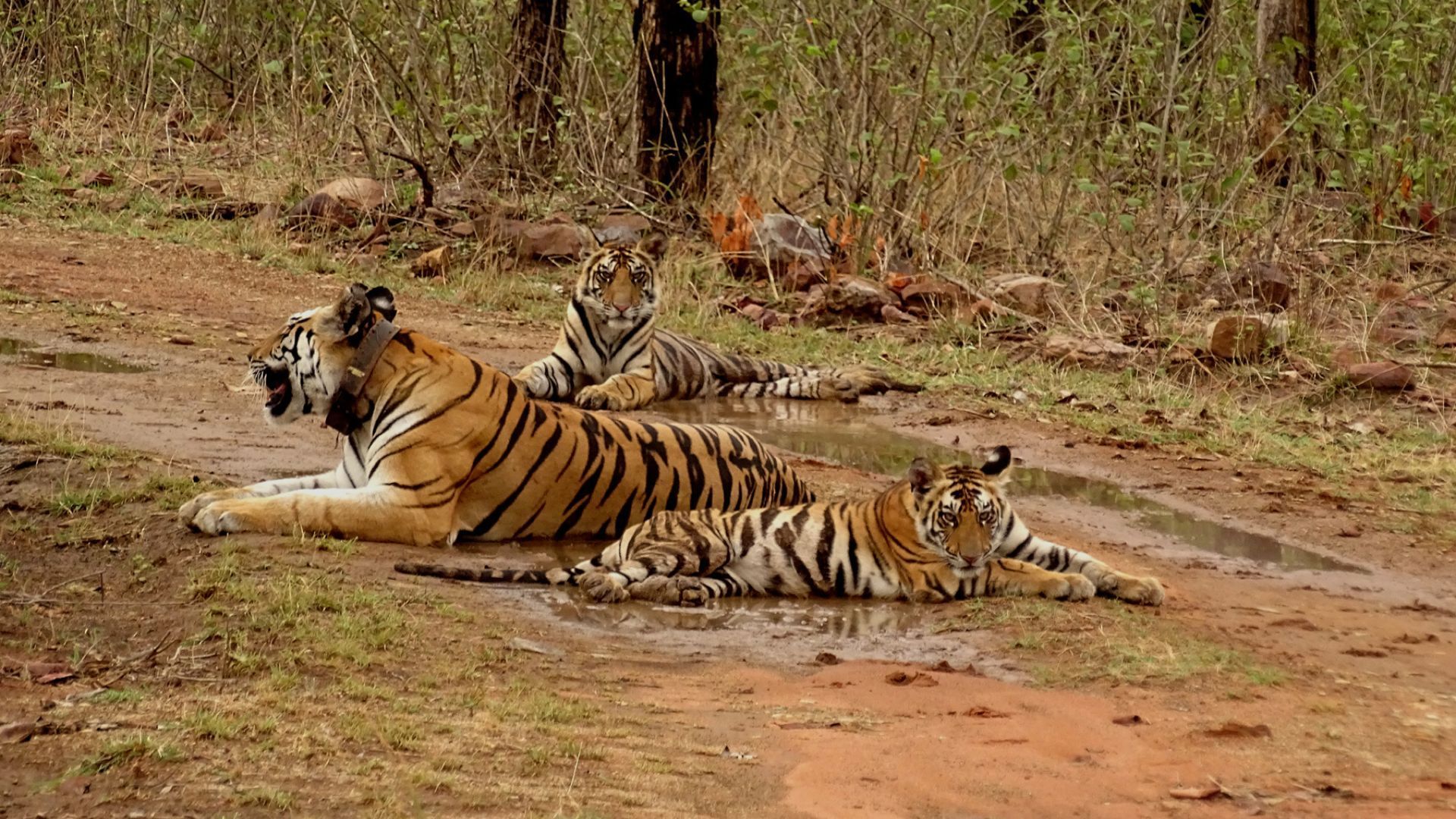
The climate of Madhya Pradesh can get quite hot in summer (April to June), making sightseeing and outdoor locations difficult to enjoy; so, the best time to visit is between October and March. The monsoon season (July to September) is wet and humid, but the temperatures can be pleasant in most locations. If you don’t mind the rain and are looking for better deals on hotels, this might be the best season for you to visit. Note that the wildlife reserves in the state close for the rains, so you will not be able to take a safari into the forest until the parks reopen in October.
Beautiful tourist places to discover in Madhya Pradesh
While the state is filled with wonderful destinations, here’s our selection of the most beautiful tourist places in Madhya Pradesh that you can explore – with some sensational stops in the FAQs that follow!
Royal grandeur – Bhopal
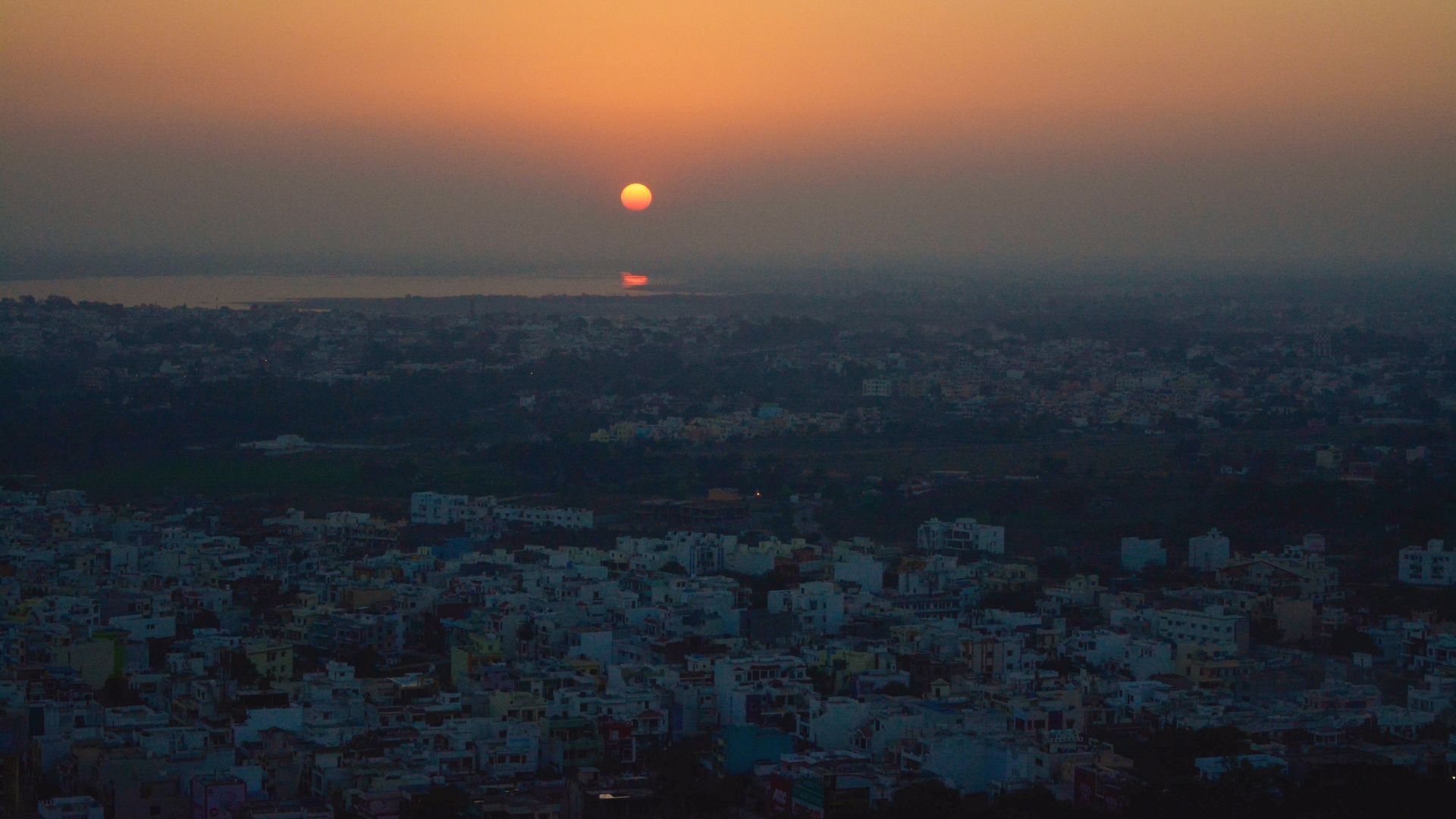
The capital city, Bhopal has long been associated with power and politics in Madhya Pradesh, from the times of Raja Bhoj, King of Malwa in the 11th century, to when the nawabs ruled from the 18th century until the princely state was acceded to the Indian Union in 1949. The succession of four female nawabs who ruled under the title ‘Nawab Begum of Bhopal’ for 107 years between 1819 and 1926 is also unique to this place. Although it is often synonymous with the Union Carbide gas tragedy that occurred in 1984, leading to thousands of deaths and injuries, today’s Bhopal is a city that is incredibly clean, green, and a wonderful holiday destination, deserving of being named as one of the most beautiful tourist places in Madhya Pradesh.
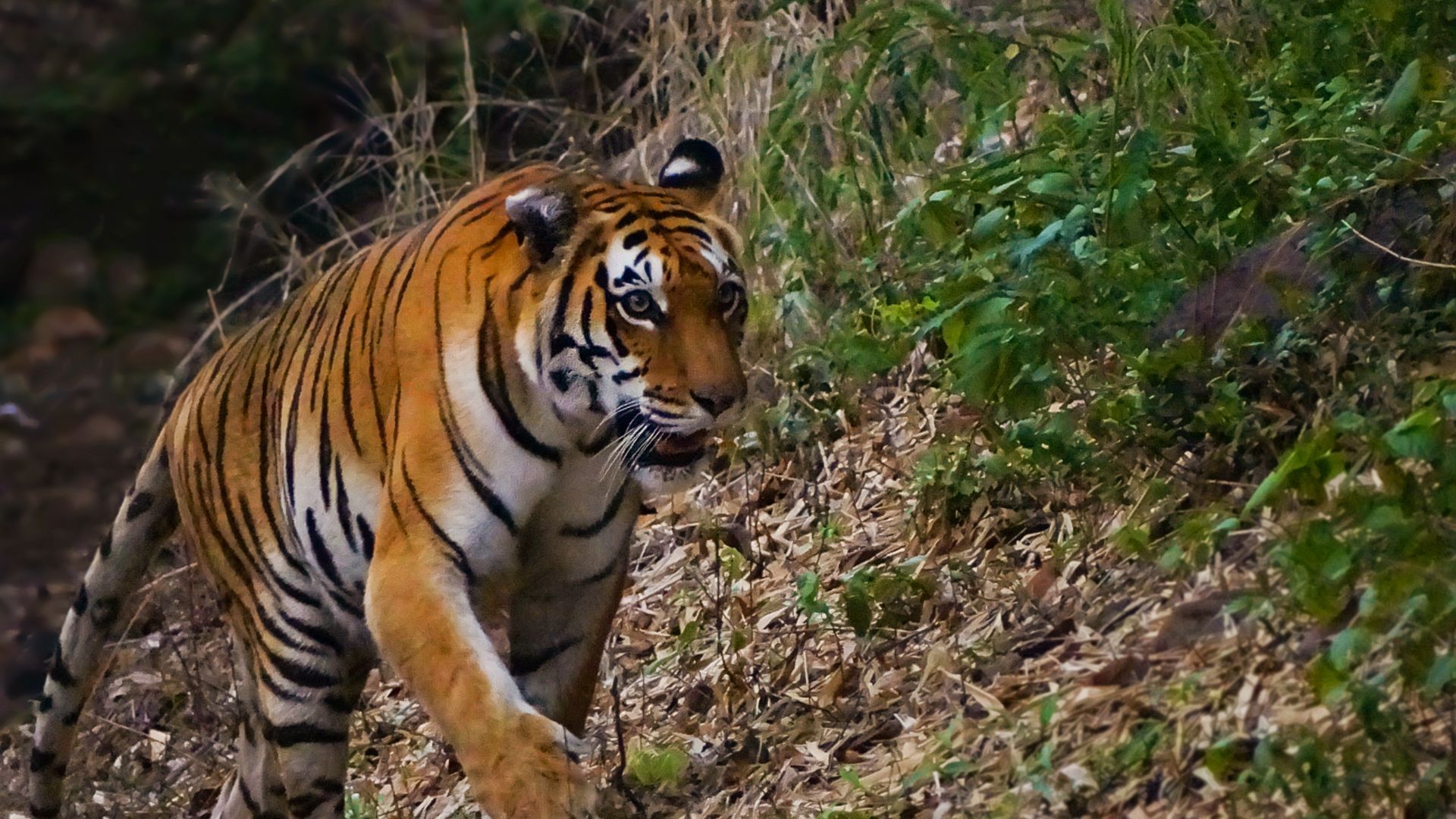
Key attractions: The Madhya Pradesh Tribal Museum is an absolute must-see. Through its intricate, colourful, larger-than-life exhibits and fantastic design, you will get introduced to the lives of the tribals of the state, their diverse culture, dwellings, art and aesthetics, spiritual beliefs, and much more. The Van Vihar National Park is technically a zoo, but although we aren’t for animals and birds in cages, it is rather biodiverse and boasts vast enclosures for its denizens. The wild wetland area is especially enchanting, while kids will enjoy the butterfly garden, snake park, and turtle pond. If you aren’t up to walking almost five km, rent bicycles or an e-cart to take you around the park. If you’re interested in the history of the state, book a heritage walk through the old city that will take you to the various palaces of the Gond tribal rulers as well as the nawab begums.
Also, check out our guide to the best tiger reserves in India.
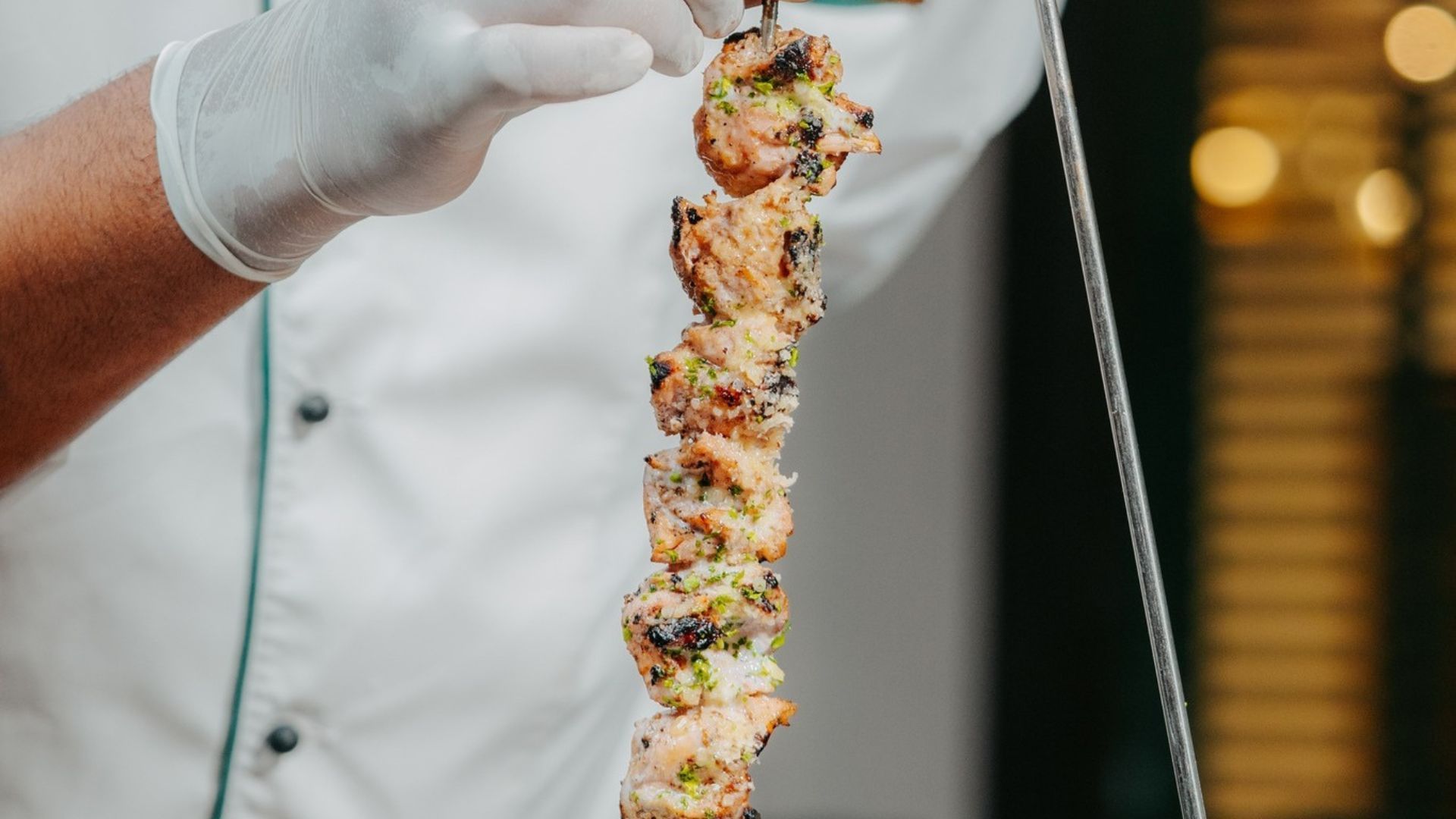
What to eat: If you’re in Bhopal, a cup of tea with the locals is a must, and chai with freshly fried mungora (dal pakodas) and black mawa jalebi at the iconic Raju Tea Stall is on everyone’s list. For fine dining in Bhopal, we highly recommend the refined royal cuisine served at Under the Mango Tree at the Jehan Numa Palace or Under the Jamun Tree at Jehan Numa Retreat, both of which use recipes handed down from the begum nawabs (the Jehan Numa Group is run by their descendants). Brilliant beetroot kebabs, melt-in-your-mouth mushroom galouti, delicate Bhopali Rezala (made with coriander and yoghurt), Nalli Nihari with the softest Peshawari naan or Khamiri bread, and the unique Rampuri rice served with smokey spinach raita are all must-tries, as are divine desserts like the Gulab Kheer and the Chana Dal Halwa.
Shopping in Bhopal: Beautifully embellished and embroidered Bhopali batuas (drawstring pouches) are the perfect souvenir and make for great gifts too.
How to reach: Fly into Raja Bhoj Airport from multiple Indian and global locations, take a train to Bhopal Junction, or drive to Bhopal.
Where to stay: The Jehan Numa Retreat is a gorgeous cottage-only resort in the middle of New Bhopal. On the outskirts of the Van Vihar, it is a sprawling 12-acre nature-rich property filled with glorious bird life, three excellent restaurants (Under the Jamun Tree, Green House Bistro, and The Coriander Leaf), open-to-nature spa therapies, a beautiful pool, and a two-hole putting green. The 28 cottages are very spacious and serene, some boasting open-to-sky showers.
Book your stay at Jehan Numa Retreat Club and Spa via Agoda.com
Foodie haven – Indore
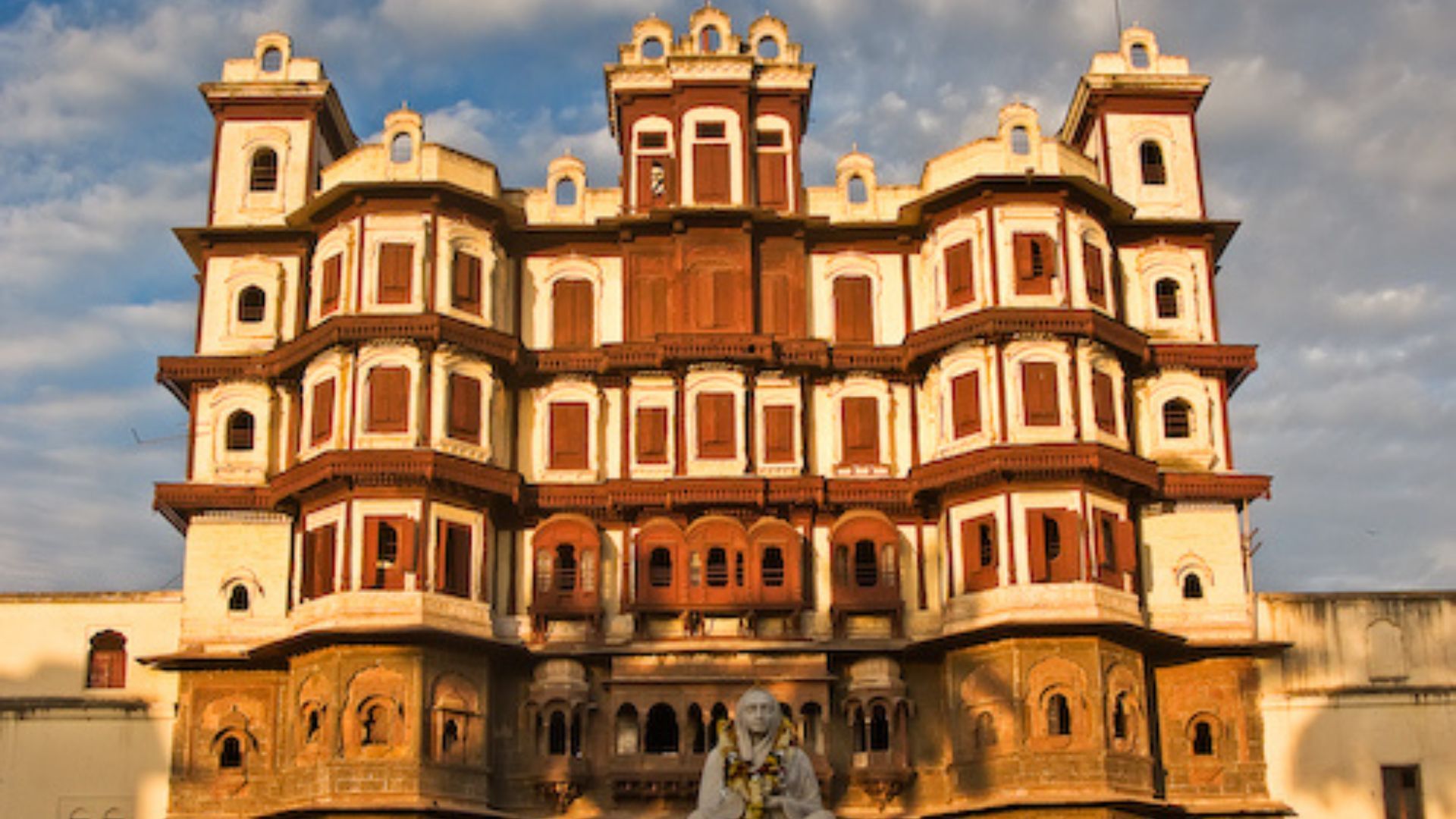
The largest and most densely populated city in the state, Indore is well known for its food and culture. As the birthplace of the Indore Gharana of Hindustani Classical Music and home to the Maratha influence in Madhya Pradesh, Indore has much to offer. On the cusp of tradition and modernity, it’s also been selected as India’s cleanest city six times in succession, so you know it will be a visual treat in that sense as well.
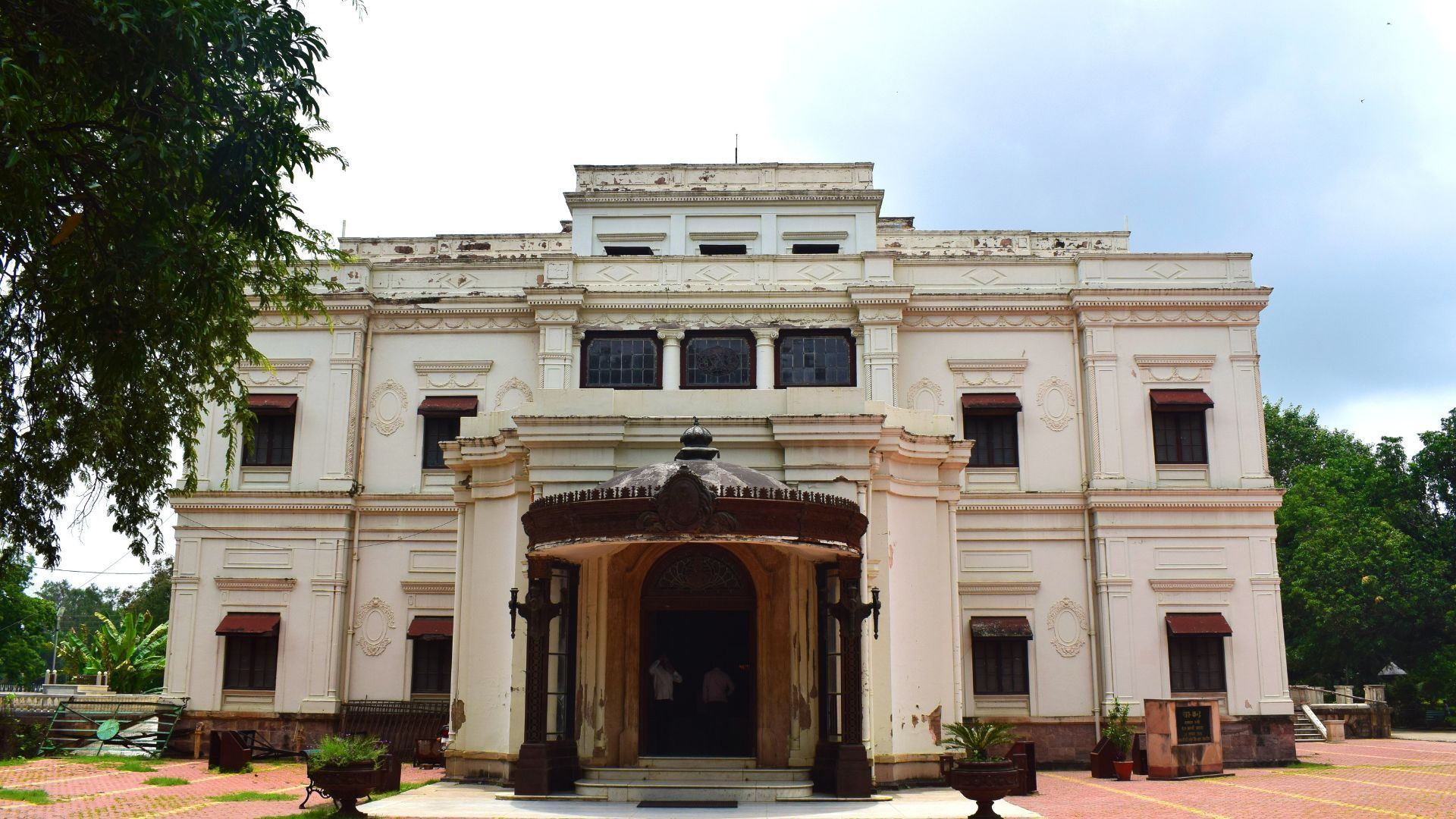
Key attractions: The opulent seven-storey Rajwada of the Maratha nobles, Holkars is an impressive edifice dating back to 1747 AD. Another must-see attraction is the Kanch Mandir, a spectacular Jain temple made of glass and mirrors in the 20th century at the behest of a wealthy businessman called Seth Hukumchand. Other stops on your Indore itinerary should be the Bada Ganapati Temple, the Lalbagh Palace, the Annapurna Mandir (inspired by the Meenakshi Temple in Madurai), the Khajrana Ganesh Temple, and Gulawat Lotus Valley, with its lakes, gardens and a beautiful bridge. Explore more around the city with our guide to the best places to visit in Indore.
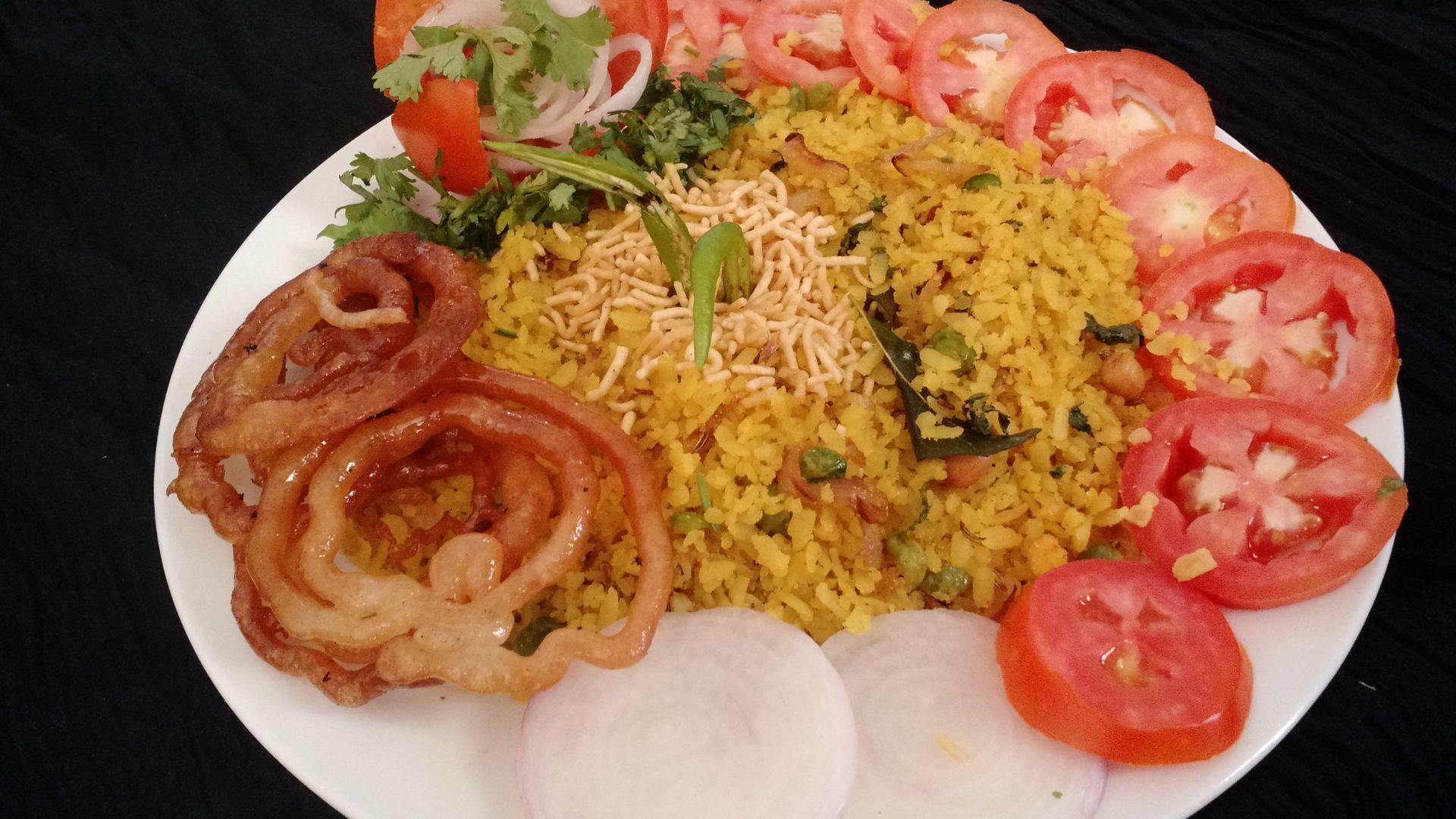
What to eat: The signature cuisine of Indore is best eaten at Sarafa Bazaar and Chhapan Dukaan. Breakfast on poha-jalebis, dine on sabudane ki khichdi, bhutte ki kees, or dal bafla, snack on dahi badas, khopra patties, or khatte samose, and end on a sweet note with jalebas (giant jalebis) or mawa baati (giant gulab jamuns). Try eating like a local with this selection of the best street food eateries in Indore.
Shopping in Indore: Jewellery and namkeens (savoury snacks) from Sarafa Bazaar, fabrics and clothing from MT Cloth Market, and footwear from Heritage Market.
How to reach: Fly into Ahilyabai Holkar Airport from Indian metros, or arrive by train to Indore.
Where to stay: Stay at Essentia Luxury Hotel Indore, Indore Marriott Hotel, or Radisson Blu Hotel, all of which offer five-star luxury and all the amenities you’d expect.
Book your stay at Indore Marriott Hotel via Booking.com
Book your stay at Indore Marriott Hotel via Agoda.com
Heritage focus – Mandu

One of the most picturesque places in the state, Mandu is awash with amazing architecture and a rich tapestry of history. Existing since at least the sixth century, it came into its own in the tenth and 11th centuries, becoming the capital of the Parmara rulers. Today, it’s a heritage lover’s paradise, and definitely one of the most beautiful tourist places in Madhya Pradesh.
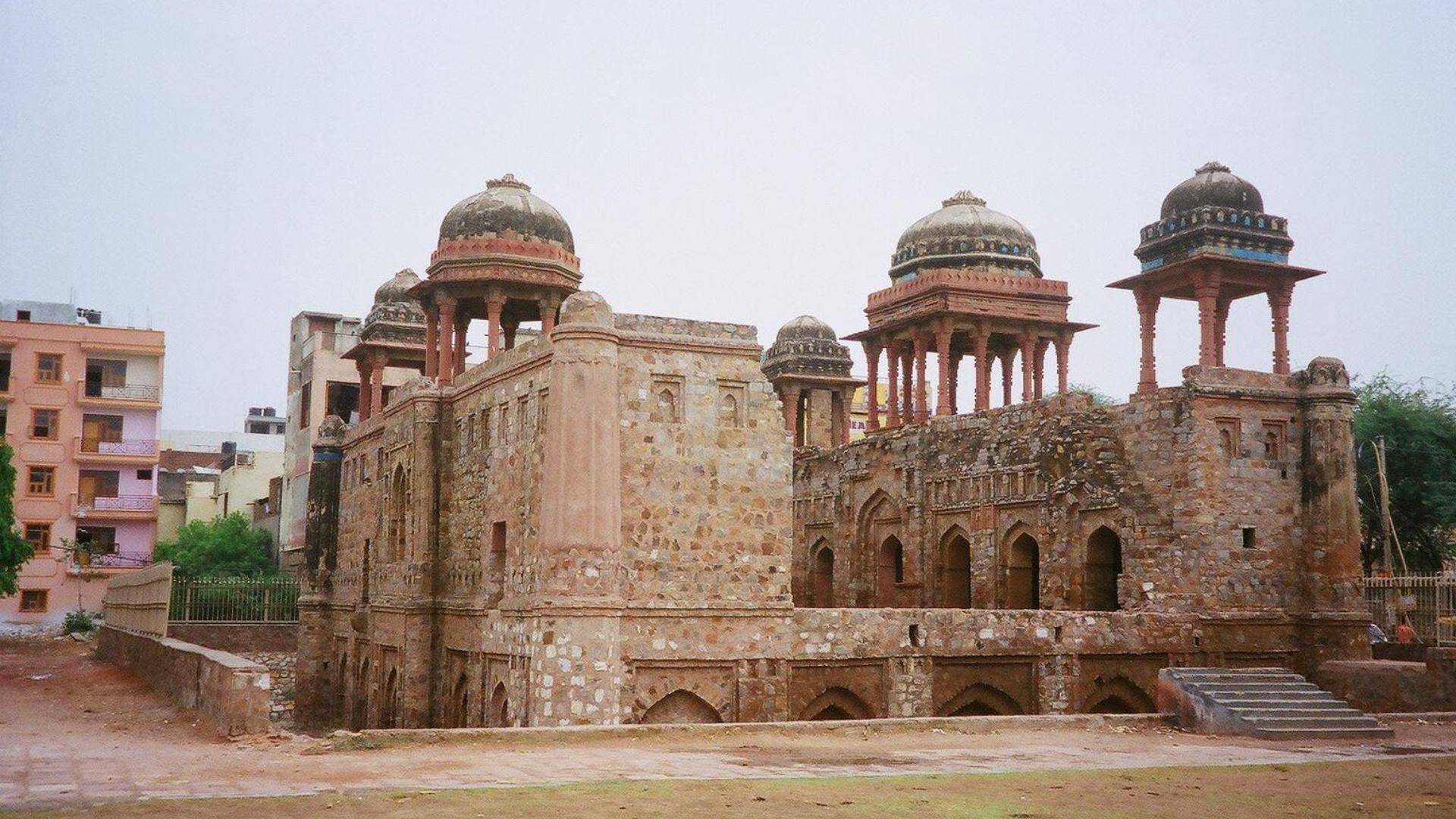
Key attractions: The most stunning and intriguing of all the monuments in Mandu is the Jahaz Mahal, a palace built to resemble a ship! Built between two lakes, it’s especially beautiful during and after the monsoon when the lakes are filled with rainwater and the ancient stone structure dating back to the 15th century casts a serene reflection. Other places filled with echoes of history and romance are Rani Roopmati’s Pavilion, Baz Bahadur’s Palace, Ashrafi Mahal, the Hindola Mahal with its sloping walls, and mysterious ruins like the merchant-chieftain Gada Shah’s palace and ‘shop’. The Jami Masjid, said to have been inspired by the architecture of the mosque in Damascus, is also worth seeing.
What to eat: Try Dal Paniya (lentil dumplings with a tangy gravy), the non-veg Achar Gosht with flaky Khasta Roti.
Shopping in Mandu: Brassware and local weaves are the best souvenirs from the bazaars of Mandu.
How to reach: Ratlam Junction is the nearest railhead, 124 km away. Mandu is almost 100 km by road from Indore, which also has the nearest airport.
Where to stay: Mandav Heritage Resort, MP Tourism’s lake-facing Malwa Resort, or the modest Mandu Sarai in the heart of town.
Book your stay at Mandu Sarai via Booking.com
Book your stay at Mandu Sarai via Agoda.com
Call of the wild! Madhya Pradesh’s top wildlife tourist places
The wildlife sanctuaries in this state are some of India’s best and most famous, with their tiger count being the highest (785) across the country. In fact, of the 55 areas designated as tiger reserves, seven can be found in Madhya Pradesh — Kanha, Panna, Pench, Bandhavgarh, Satpura, Sanjay-Dubri, and Veerangana Durgavati. The state also has 12 national parks, 24 wildlife sanctuaries, three alligator sanctuaries, two national fossil parks, three biosphere reserves, and a few bird sanctuaries. Not only does Nauradehi Wildlife Sanctuary form an important tiger corridor, but it also boasts a healthy population of Indian Grey Wolves. The Kuno National Park is now famous for housing the Cheetahs from Africa. We also enjoyed a thrilling boat safari through the National Chambal Gharial Wildlife Sanctuary, a once-in-a-lifetime experience that gives you a chance to spot the critically endangered gharial (fish-eating crocodile), the endangered Ganges river dolphin, and other beautiful creatures.
Also, get acquainted with the man who has visited every national park in India.
Most of the jungles in Madhya Pradesh have Bengal tiger, Indian leopard, sloth bear, gaur, barasingha, and dhole, as well as scores of other mammal, bird, reptile, insect, and plant species. For the full forest experience and tiger trails, these are some of the best wildlife sanctuaries to visit. They also boast top-end facilities for safaris and stays…
Bandhavgarh
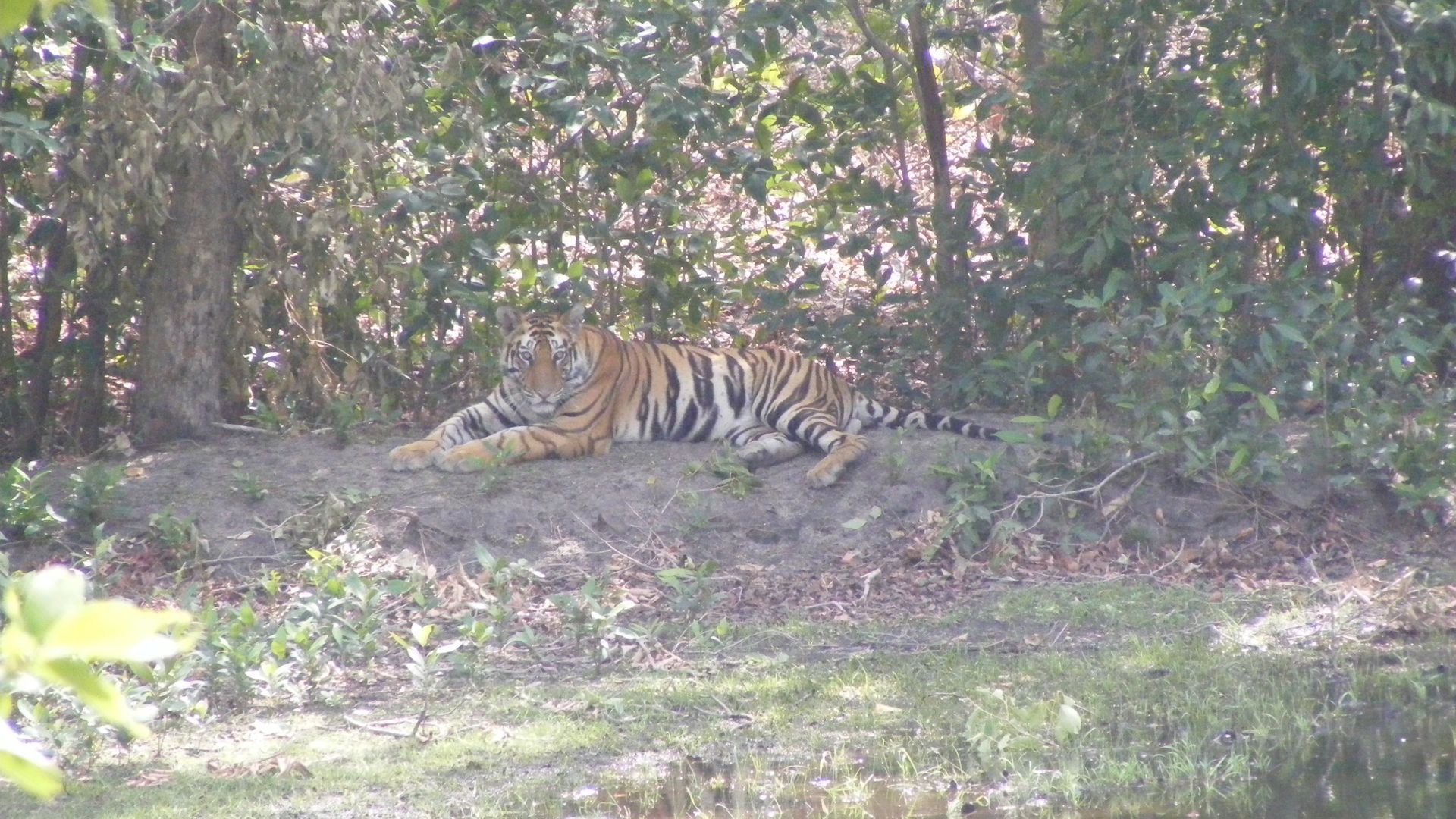
This ancient area has everything – tigers, prehistoric caves, and hot-air balloon safaris. Stay at Samode Safari Lodge, Taj Mahua Kothi, King’s Lodge Bandhavgarh, or Tree House Hideaway Resort.
Book your stay at Mahua Kothi Bandhavgarh – A Taj Safari Lodge via Booking.com
Book your stay at Mahua Kothi Bandhavgarh – A Taj Safari Lodge via Agoda.com
Kanha
One of the biggest tiger reserves in the country, Kanha is also one of the most popular. Stay at Banjaar Tola – A Taj Safari Lodge, Singinawa Jungle Lodge, or Kanha Earth Lodge.
Book your stay at Banjaar Tola Kanha National Park – A Taj Safari Lodge via Booking.com
Book your stay at Banjaar Tola Kanha National Park – A Taj Safari Lodge via Agoda.com
Pench
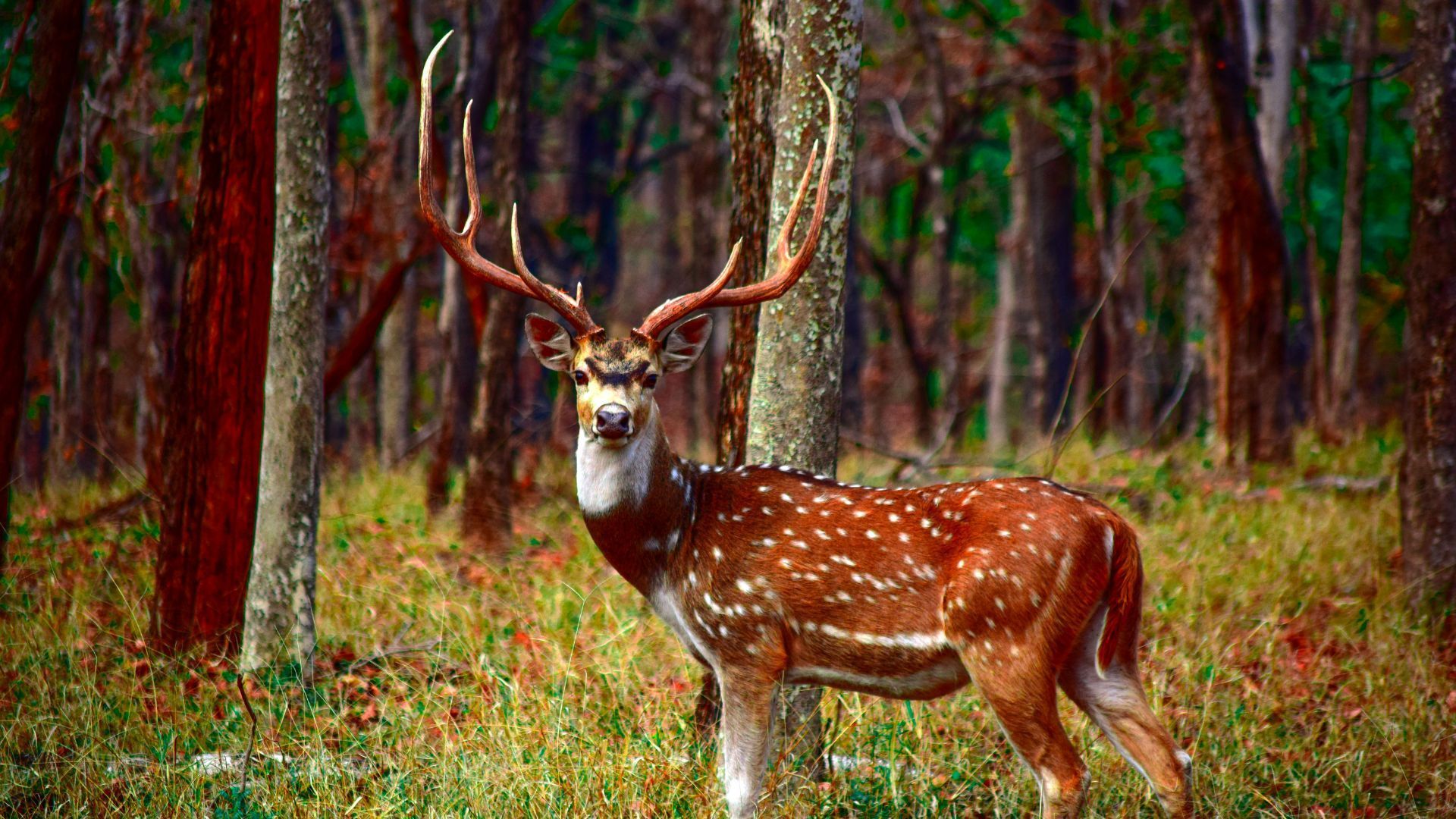
One of India’s most famous forests, it straddles two states, Madhya Pradesh and Maharashtra. If you’ve read Rudyard Kipling’s The Jungle Book (or watched the movies based on it), you’ll recognise Seoni and all the animals that reside in it, within the environs of the Madhya Pradesh part of Pench. Stay at Baghvan – A Taj Safari, Saj in the Forest, or Bagh Villas.
Also read | This Secret Spot In Pench National Park Is A Wildlife Photographer’s Paradise
Book your stay at Saj In The Forest, Pench via Booking.com
Book your stay at Saj In The Forest, Pench via Agoda.com
Satpura
Spread across a rugged region, it is rich in biodiversity. Stay at Reni Pani Jungle Lodge, Denwa Backwater Escape, or Forsyth Lodge.
Also read | In The Shadows Of Satpura: A Nocturnal Odyssey Through The Jungle
Book your stay at Denwa Backwater Escape via Agoda.com
Panna
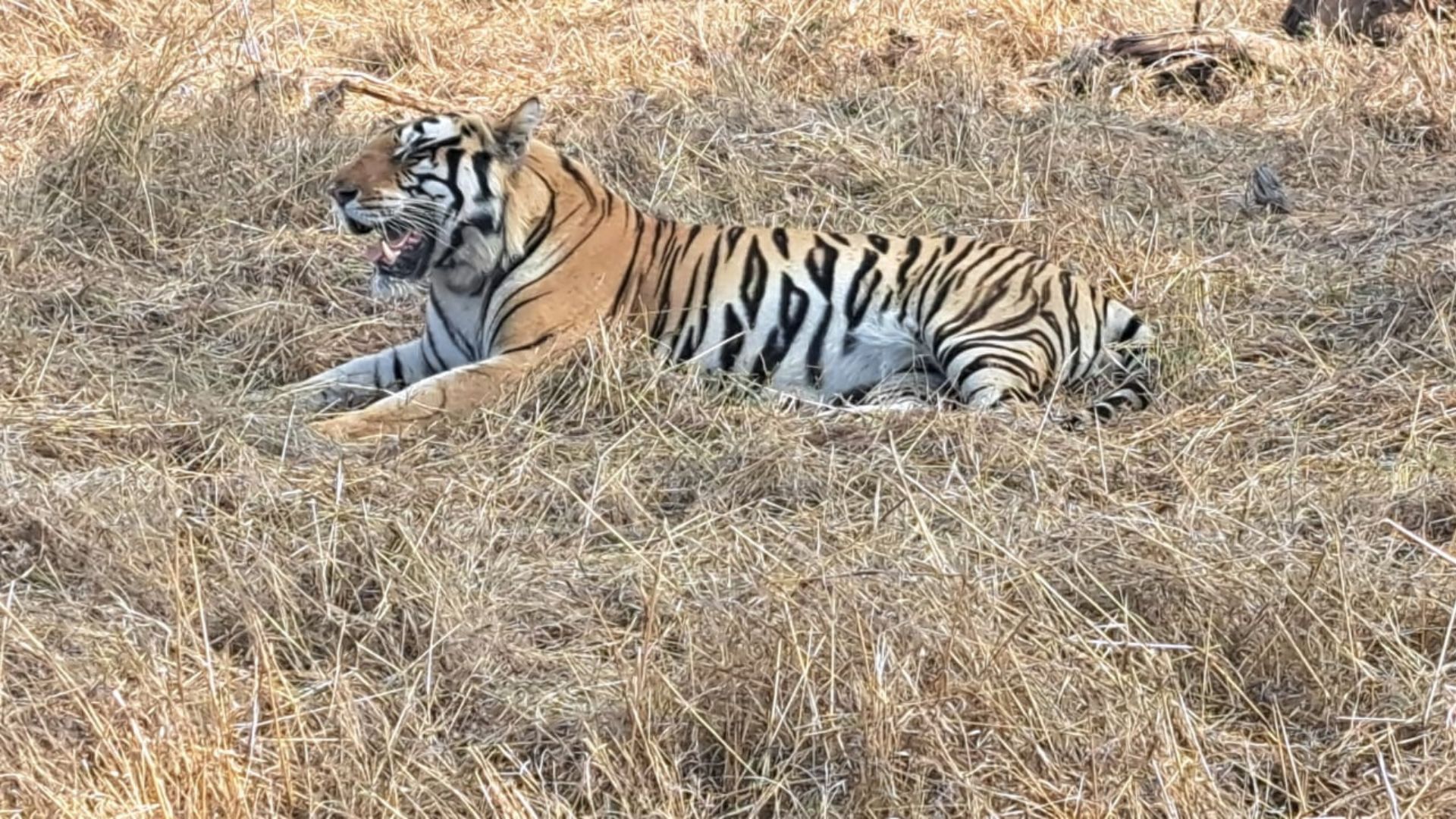
Considered one of the best-maintained national parks of India, Panna has been successful in rebuilding a tiger population. The Ken Gharial Sanctuary is nearby. Stay at Pashan Garh – A Taj Safari Lodge, Tendu Leaf Jungle Resort & Spa, or Ken River Lodge.
Also read | Of Tigers, Tribes And Terrains – Visiting Panna National Park In Madhya Pradesh
Book your stay at Pashan Garh Panna National Park – A Taj Safari Lodge via Booking.com
Book your stay at PASHAN GARH, A TAJ SAFARI LODGE via Agoda.com
shop the best travel experiences here
(Feature Image Credit: chetansoni/Shutterstock)
Related | Kashmir Of Karnataka: Discover Karwar, A Laidback Coastal Sanctuary Near Goa
Note:
The information in this article is accurate as of the date of publication.
We may earn an affiliate commission when you shop through links on our site.
FAQs (Frequently Asked Questions)
The hill station and cantonment town of Pachmarhi is one of the most beautiful places in Madhya Pradesh with nature at its core. Located within the Pachmarhi Biosphere Reserve and the Satpura Tiger Reserve, it’s as lush and green as can be, especially after the monsoons. At this time, the waterfalls here are wonderful too… like the Bee falls, Duchess falls, and more. Historic and scenic caves, temples in beautiful spots, hikes in the hills, Pachmarhi has a lot to offer. The marble rocks at Bhedaghat and the roaring Narmada are impressive sights at Jabalpur. Caves and rock pools across the state are worth exploring, with many venerated as holy spots with colourful folk legends attached to them. The hot water springs near Jhirpa, in Chhindwara’s Anhoni district, are also one of the most beautiful places in Madhya Pradesh.
As Madhya Pradesh is in the land-locked centre of India, there is no access to the sea. Having said that, Bhopal, called the City of Lakes, has plenty of water-related activities and sights that you can indulge in.
The drive through the Chambal ravines is scintillating as well as thrilling, thanks to the terrain and the colourful stories of dacoits that held sway here. During the rains, few places can beat Amarkantak, with its lush vistas of waterfalls.
Close to Bhopal and near the town of Raisen, the Bhimbetka Rock Shelters are truly iconic. A UNESCO World Heritage Site dating back to Paleolithic and Mesolithic times, they bear the earliest traces of human life in India, with some cave paintings even dating back to 10,000 BC. Of 750 rock shelters that have been identified in the area, the Bhimbetka cluster has 243. Most tourists visit about 15 of these, which are connected by a paved pathway.
The Great Stupa in Sanchi was built in the third century BC, making it one of the oldest stone structures in India. It is an important monument for Buddhists as well as worshippers of ancient architecture.
The majestic Gwalior Fort comprising imposing battlements and two main palaces named Maan Mandir and Gujari Mahal, besides lesser ones, temples, gates, and more, is a huge complex. Parts of what we see of the fort today were built by Rajput ruler Man Singh Tomar in the late 15th and early 16th century. But the original fort has probably existed since the sixth century, if not earlier. The Khajuraho temple and associated group of monuments is a UNESCO World Heritage Site. Of the 85 temples built between 885 BC and 1000 BC by rulers of the Chandela dynasty, only about 25 survive today. Said to have been used as educational tools for male students living in hermitages until they matured enough to assume the role of householders, the walls of this temple complex bear intricate and unique erotic sculptures that are world famous.
The temple town of Orchha is one of the best-kept secrets of Madhya Pradesh. Established along the Betwa River by Bundela Rajput ruler Rudra Pratap Singh in the early 1500s, it boasts several beautiful monuments including the famous Chaturbhuj Temple, the unique Ram Raja Temple, chhatris or cenotaphs, and a fabulous fort complex that comprises Jahangir Mahal, Raja Mahal, Sheesh Mahal, battlements, projecting balconies, latticed windows, gardens, and pavilions. Similarly, the stunning swastika-shaped 17th century palace at Datia, 78 kms from Gwalior, is well worth a special detour.
Almost every big city in Madhya Pradesh has a well-designed museum. While some throw light on the life of the royal families (like the Jai Vilas Palace & Museum in Gwalior), others have interesting and illuminating themes (such as the Madhya Pradesh Tribal Museum in Bhopal). These are great ways to get an insight into the rich cultural heritage of the state.
The Udayagiri caves complex has 20 caves with beautiful sculpture and Hindu and Jain iconography from the 425 BC onwards, perhaps the oldest surviving in India, apart from rock-shelters and petroglyphs, ruined structures, ancient inscriptions, water systems, and habitation mounds.
The city of Ujjain, mentioned in Puranic texts and part of India’s history for several centuries, is one of the main Hindu pilgrimage centres famous for the Kumbh Mela held every 12 years. It is worth visiting as a cultural site as well. The ramparts of the ancient walled city of Ujjain on the banks of the river Kshipra are said to have been constructed between the sixth and fourth centuries BCE. A must-visit is the famous temple of the Mahakaleshwar Jyotirlinga.
The five-acre oasis of tranquillity located in the Narmada River called Sailani Island is the perfect place for some peace and relaxation.
The Khajuraho Dance Festival has been held every year for a decade, not only bringing together artistes and enthusiasts of Indian Classical Dance forms but also providing a platform for those who want to learn, understand, and pursue arts in many forms. Besides that, in many locations across the state, you can attend workshops to learn Gond art, regional cuisines, and many more arts and crafts that are typical of Madhya Pradesh.

